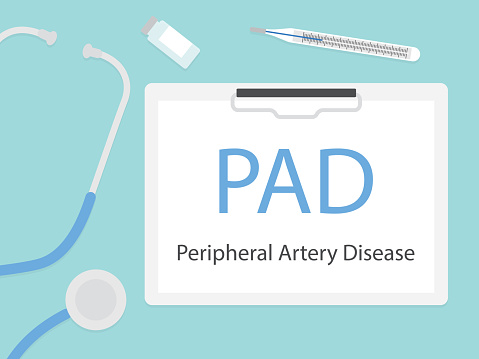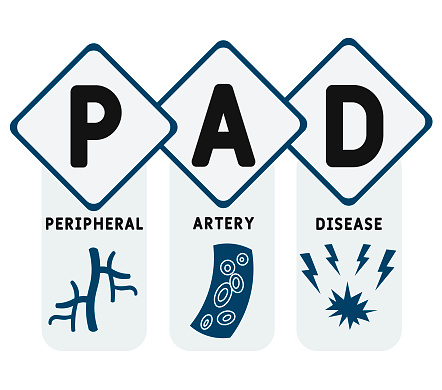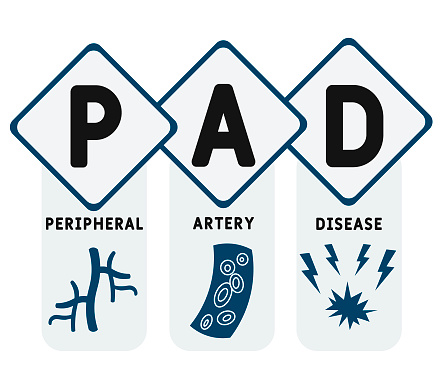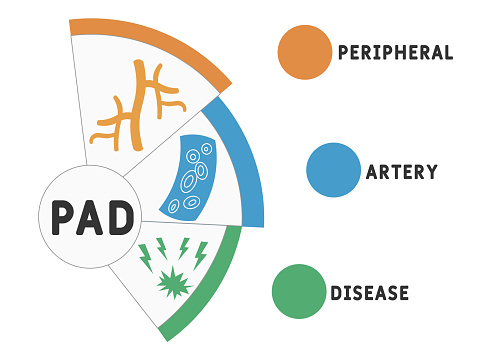A study aimed to assess the link between the anatomical distribution of peripheral artery disease (PAD) in patients with type 2 diabetes and hemoglobin A1c (HbA1c) levels. The study was published in Therapeutic Advances in Endocrinology and Metabolism.
In this retrospective study, researchers analyzed 332 consecutive patients with type 2 diabetes (255 males and 77 females) who presented with symptomatic PAD confirmed by computed tomography-angiography. They procured all relevant information from medical records, including demographic data, PAD symptoms, comorbidities, HbA1c level, lipid profile, C-reactive protein, and the mean platelets volume.
According to the results, the mean HbA1c at the time of PAD diagnosis was 8.68%. The researchers noted that the prevalence of hemodynamic relevant atherosclerotic lesions of the superficial femoral artery, popliteal artery, leg vessels, femoro-popliteal, and crural segments was significantly higher in patients with HbA1c >7.5% compared with patients with HbA1c ≤7.5%.
“The anatomical distribution of symptomatic PAD in patients with type 2 diabetes mellitus differed significantly according to HbA1c level at the time of PAD diagnosis,” the researchers concluded.
Link: https://pubmed.ncbi.nlm.nih.gov/33767809/
Keywords: HbA1c, PAD distribution, diabetes mellitus, peripheral arterial disease









